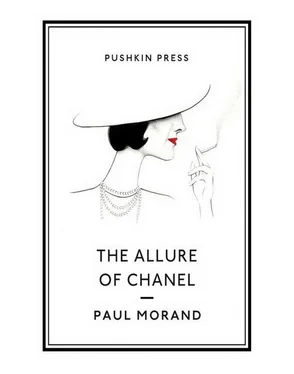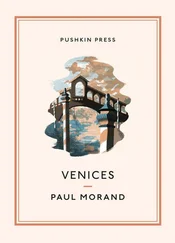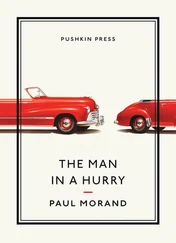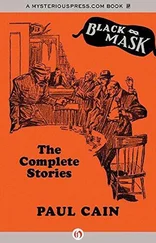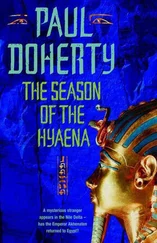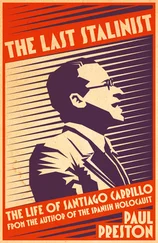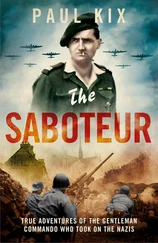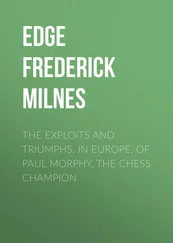“Coco! … You’re crazy …” said Capel as he followed me.
I walked through the pouring rain, not knowing where I was going.
“Coco … Be reasonable.”
He ran after me and caught up with me on the corner of the rue Cambon. We were both drenched. I was sobbing.
Capel took me home. The storm had stopped. The deep wound made in my pride was hurting me less. We had a very late supper … What a day! The following day, at first light, I was at rue Cambon.
“Angèle,” I said to my head seamstress, “I am not here to have fun, or to spend money like water. I am here to make a fortune. From now on, no one will incur a centime without my permission.”
“You’re proud,” Capel said to me. “You’ll suffer …”
One year later, Capel’s guarantee had become unnecessary; he could withdraw his securities; the profits from rue Cambon were enough for everything. Pride is a good thing, but that day my irresponsible youth came to an end.
A memory should have a moral ending: it’s its raison d’être, otherwise it’s mere gossip. It’s through work that one achieves. Manna didn’t fall on me from heaven; I moulded it with my own hands, in order to feed myself. “Everything Coco touches, she transforms into gold”, my friends say. The secret of this success is that I have worked terribly hard. I have worked for fifty years, as much and more than anyone. Nothing can replace work, not securities, or nerve, or luck.
One day I ran into M B.
“Apparently you’re working?” he said to me ironically. “Can’t Capel support you then?”
What a joy it is to be able to respond to these idle rich, these petty horse-breeders: “I owe nothing to anybody”! I was my own master, and I depended on myself alone. Boy Capel was well aware that he didn’t control me:
“I thought I’d given you a plaything, I gave you freedom,” he once said to me in a melancholy voice.
1914. The war. Capel persuaded me to withdraw to Deauville where he rented a villa for his ponies. Many elegant ladies had come to Deauville. Not only did they need to have hats made for them, but soon, because there were no dressmakers, they had to be properly attired. I only had milliners with me; I converted them into dressmakers. There was a shortage of material. I cut jerseys for them from the sweaters the stable lads wore and from the knitted training garments that I wore myself. By the end of the first summer of the war, I had earned two hundred thousand gold francs, and … the stable had ousted the enclosure into second place!
What did I know about my new profession? Nothing. I didn’t know dressmakers existed. Did I have any idea of the revolution that I was about to stir up in clothing? By no means. One world was ending, another was about to be born. I was in the right place; an opportunity beckoned, I took it. I had grown up with this new century: I was therefore the one to be consulted about its sartorial style. What were needed were simplicity, comfort and neatness: unwittingly, I offered all of that. True success is inevitable.
The enclosure before 1914! When I went to the races, I would never have thought that I was witnessing the death of luxury, the passing of the nineteenth century, the end of an era. An age of magnificence, but of decadence, the last reflections of a baroque style in which the ornate had killed off the figure, in which over-embellishment had stifled the body’s architecture, just as parasites smother trees in tropical forests. Woman was no more than a pretext for riches, for lace, for sable, for chinchilla, for materials that were too precious. Complicated patterns, an excess of lace, of embroidery, of gauze, of flounces and over-layers had transformed what women wore into a monument of belated and flamboyant art. The trains of dresses swept up the dust, all the pastel shades reflected every colour in the rainbow in a thousand tints with a subtlety that faded into insipidness. There were parasols, aviaries and greenhouses in gardens. The uncommon had become the normal; wealth was as ordinary as poverty.
As a child, I had succumbed, like everyone else. In Mont-Dore, aged fifteen, I had been allowed to order a dress of my choice: my dress was mauve, as mauve as a bad novel published by Lemerre, laced at the back, as though I had had hundreds of maids, and with bunches of artificial Parma violets on each side, as in a play by Rostand; a collar held up by two stays that dug into my neck; below, at the back, a sweeping train with which to gather up all the sweethearts behind you.
I had one obsession when I ordered this dress: to look like the “lady with the metal hand”. She was a woman from the neighbourhood. She was poor and spoke very little (in my region people say very little), and, prompted by some repressed narcissism, or secret day-dreaming, she dressed herself in some extraordinary clothes. She wore close-fitting dresses that filled me with admiration; but what left me open-mouthed was the fact that she had a mechanical hand, a kind of metal pincers in the shape of a hand, to hold her train and to raise it, like the tie-back of a curtain. She said modestly that she wore it to save money, but I saw it as the height of elegance. I would never dare to borrow this mechanical hand, which looked like a contraption for picking asparagus, but I promised myself a train like hers. Mine was so long that I carried it under my arm; how smart I was! I would go to mass dressed like this; I, too, would rustle and swish; I would amaze everybody … I got dressed, I went downstairs. The outcome was what one might expect: “And now,” my aunts said, “go upstairs and get dressed for mass.” It was a dreadful put-down! I cried during the service; I asked God to let me die.
This first failure was also my first lesson in tact and good taste provided by the provinces. Indirectly, it was my Auvergne aunts who imposed their modesty on the beautiful Parisian ladies. Years have gone by, and it is only now that I realise that the austerity of dark shades, the respect for colours borrowed from nature, the almost monastic cut of my summer alpaca wear and of my winter tweed suits, all that puritanism that elegant ladies would go crazy for, came from Mont-Dore. If I wore hats pulled down over my head, it is because the wind in the Auvergne might mess up my hair. I was a Quaker woman who was conquering Paris, just as the stiff Genevese or American cowl had conquered Versailles a hundred and fifty years previously.
1914 was still 1900, and 1900 was still the Second Empire, with its frenzy of easy money, its habits of straying from one style to another, of romantically taking its inspiration from every country and all periods, for it lacked a way of expressing itself honestly, and aesthetically pleasing appearance is never anything but the outer expression of moral honesty, of authentic feelings.
That is why I was born, that is why I have endured, that is why the outfit I wore at the races in 1913 can still be worn in 1946, because the new social conditions are still those that led me to clothe them.
That is why the rue Cambon has been the centre of good taste for thirty years. I had rediscovered honesty, and, in my own way, I made fashion honest.
In 1914, there were no sports dresses. Women attended sporting occasions rather as fifteenth-century ladies in conical hats attended tournaments. They wore very low girdles, and they were bound at the hips, legs, everywhere … Since they ate a great deal, they were stout, and since they were stout and didn’t want to be, they strapped themselves in. The corset pushed the fat up to the bosom and hid it beneath the dress. By inventing the jersey, I liberated the body, I discarded the waist (and only reverted to it in 1930), I created a new shape; in order to conform to it all my customers, with the help of the war, became slim, “slim like Coco”. Women came to me to buy their slim figures. “With Coco, you’re young, do as she does,” they would say to their suppliers. To the great indignation of couturiers, I shortened dresses. The jersey in those days was only worn underneath; I gave it the honour of being worn on top.
Читать дальше
